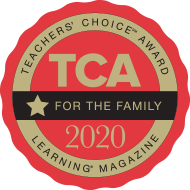Materials
- water table(s), large tubs, or plastic wading pool, if outside (limit the number of children at a water table or tub to four or five, or use multiple water tables and/or tubs)
- plastic cups, bottles (including squeeze bottles), and other containers
- basters
- sponges
- funnels
- clear, flexible plastic tubes, cut into 2- and 3-foot lengths
Key Science Concepts
- Water takes the shape of its container.
- You can use lots of different objects to move water.
Vocabulary
Encourage children to use words related to water such as pour, flow, splash, drip, stir, squirt, spill, squeeze, and the names of tools for moving water, like container, baster, sponge, funnel, and tube, along with science process words such as observe, compare, same, different, change, test, and predict.
Directions
Tell children that today they will experiment with water as they did yesterday, but this time they’ll have some new tools to test out: funnels and tubes.
- Show children the new tools—the funnels and the tubes—and ask them what they think they might do with the tools in water.
- Then invite them to experiment, using the new tools along with the ones they explored yesterday (as well as the sponges from earlier in the day).
Reflect and Share
Ask children to demonstrate the different ways these new tools work. Ask:
- What are the different ways you used the tubes with the water? What’s one good way to move water through a tube?
- What are the different ways you used a funnel? What happens when you try to carry the water in the funnel?
- Has anyone tried using a funnel and a cup together? What about a funnel and a tube? How?
- If you wanted to pour water into a bottle without spilling any of it, how might you do it? Which of these tools would you use? How would you do it?
Add any new thoughts to the “Our Ideas About Water” chart.

 Español
Español








